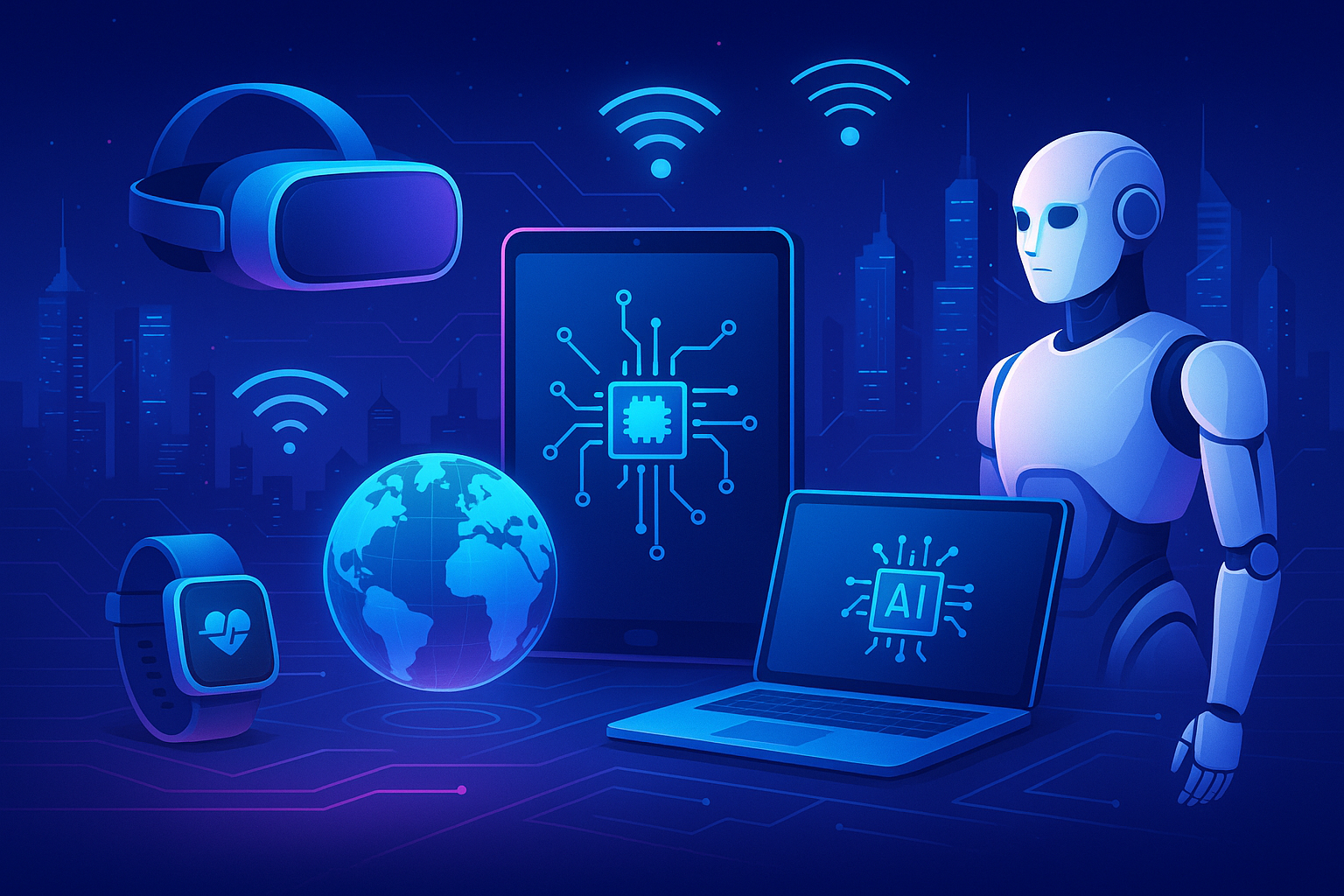Once confined to science fiction, robots are now reshaping industries and performing tasks that once required human hands and minds. From automated factories to robotic surgery and even customer service bots, the future of robotics is here, and it’s changing how we work, live, and interact.
What Are Modern Robots?
A robot is any programmable machine capable of carrying out tasks automatically. Today’s robots are more advanced than ever. They use Artificial Intelligence (AI), machine learning, and sensors to understand and adapt to their environment. These aren’t just mechanical arms anymore — they’re smart, responsive systems.
Where We See Robotics Today
Manufacturing: Robots assemble products, perform quality checks, and pack items with precision and speed.
Healthcare: Robotic arms assist surgeons in performing delicate procedures, while robotic exoskeletons help patients with mobility challenges.
Customer Service: AI-powered robots help answer questions, guide customers in stores, and even deliver room service in hotels.
Space Exploration: Robots like NASA’s rovers explore Mars and send back vital information, far beyond human reach.
Advantages of Robotics
Accuracy and Consistency: Robots don’t get tired, distracted, or make careless errors.
Productivity Boost: Automation allows businesses to operate faster and more efficiently.
Safety: Robots can handle dangerous tasks like bomb disposal, firefighting, or working in hazardous environments.
Cost-Efficiency: Though expensive upfront, robots can save money in the long term by increasing output and reducing human error.
Concerns and Challenges
Job Displacement: As machines take over specific roles, there are concerns about unemployment and income inequality.
Security Risks: Hackable robots could pose threats in sensitive settings like hospitals or infrastructure.
Ethics and Control: As robots become more autonomous, whose responsibility is it if something goes wrong?
The Future is Collaborative
The trend is moving toward “cobots” — collaborative robots that work with humans, not instead of them. These machines assist workers on assembly lines, reduce physical strain, and help boost productivity without eliminating jobs.
Robotics in Daily Life
In the near future, we might see robots:
Cleaning our homes more intelligently
Assisting the elderly or people with disabilities
Delivering groceries or parcels
Teaching in classrooms
Farming crops with precision
Conclusion:
Robots are no longer just machines — they’re becoming co-workers, caregivers, and even companions. As technology advances, the key lies in integrating robotics into society in ways that are ethical, inclusive, and beneficial for all.

